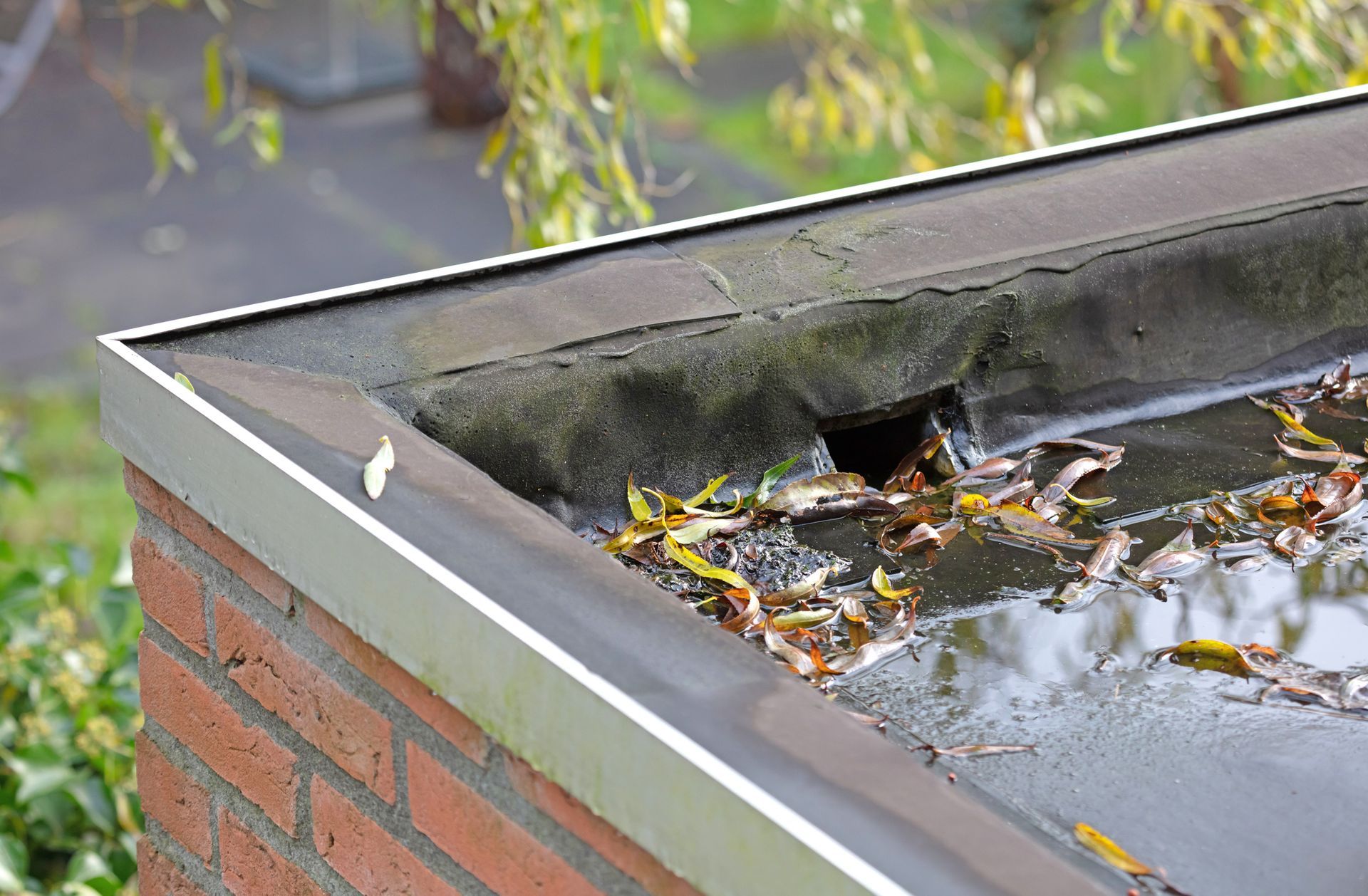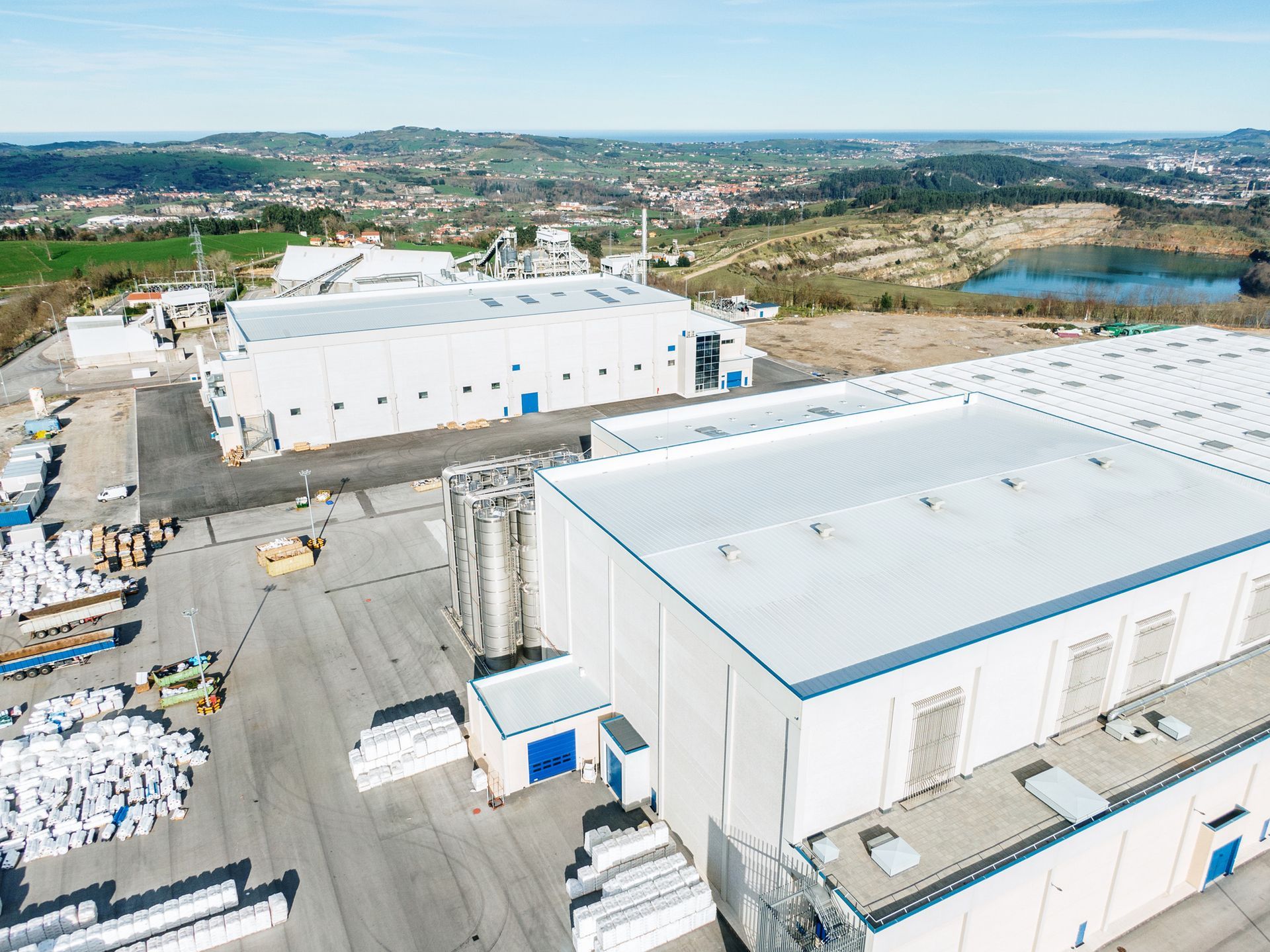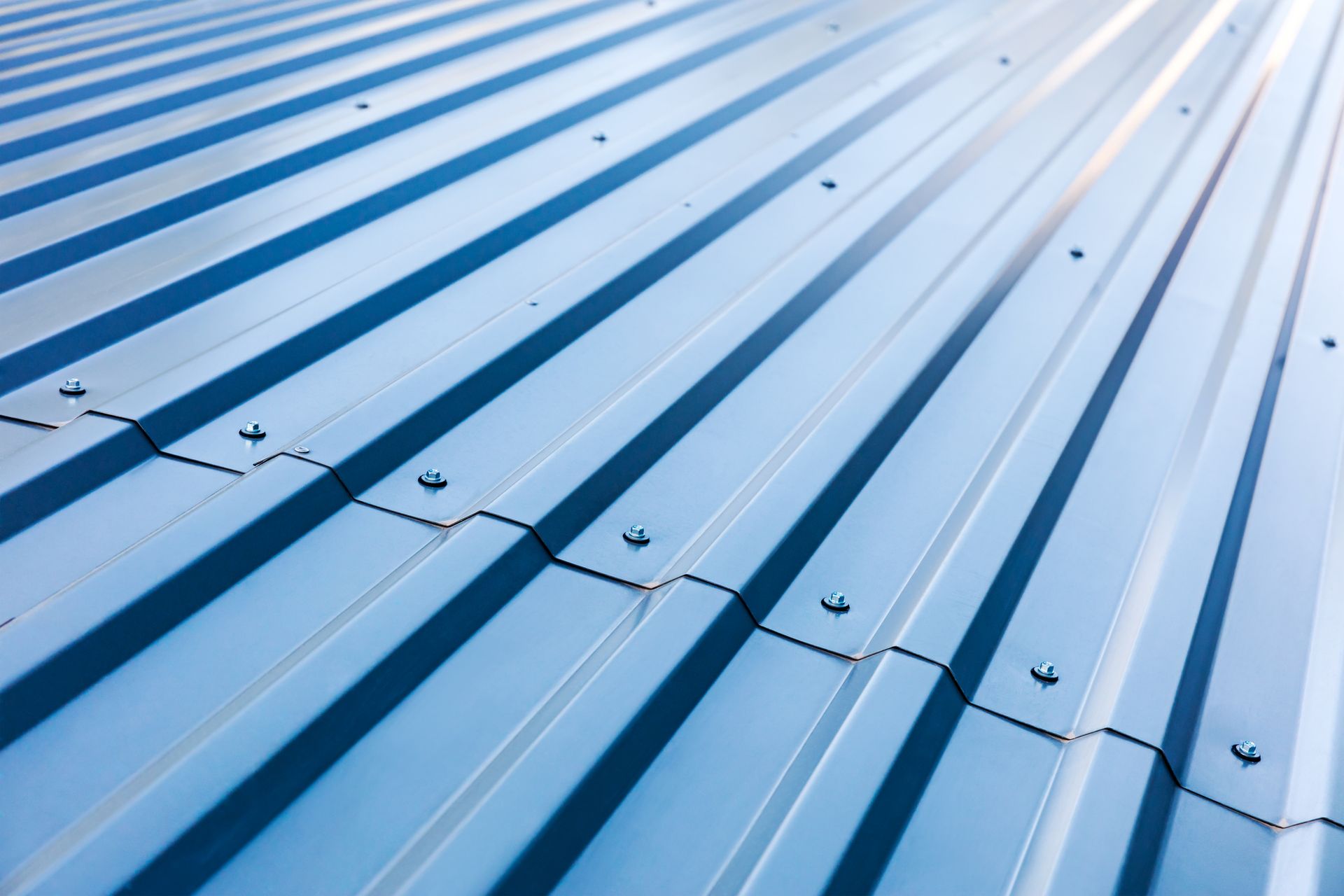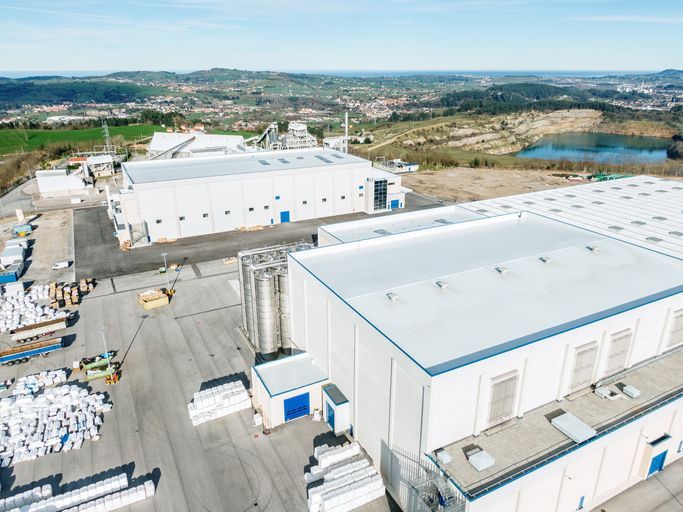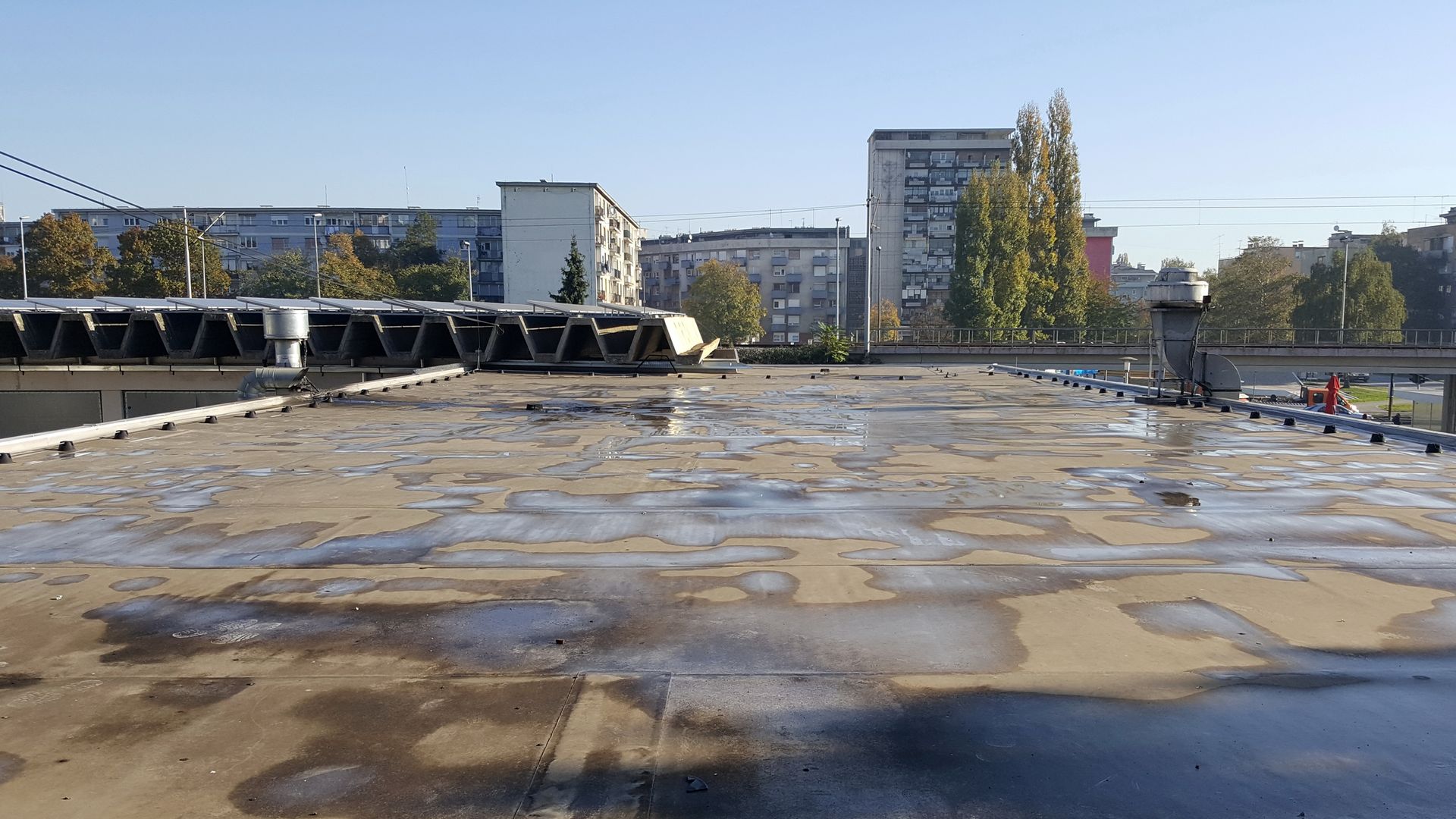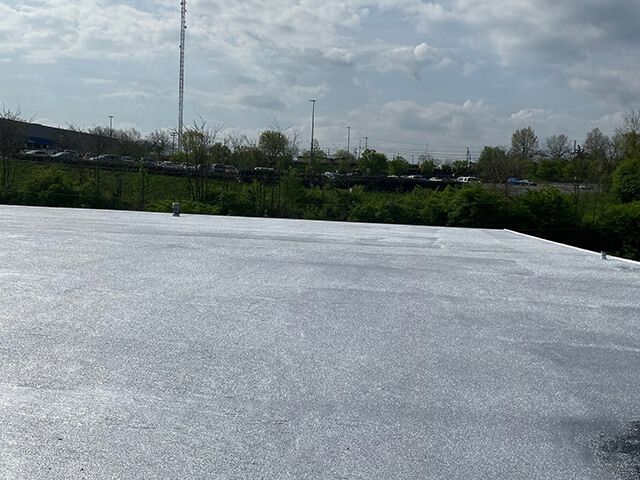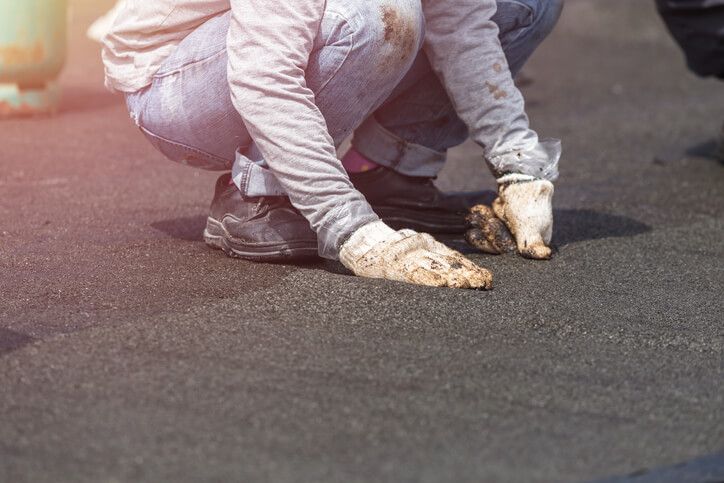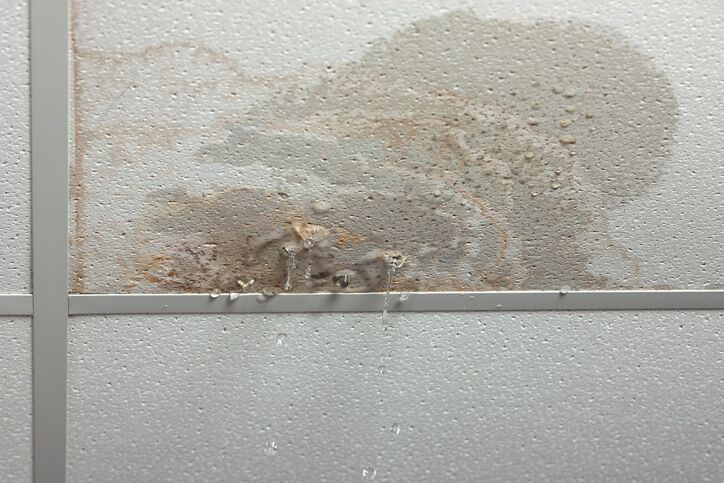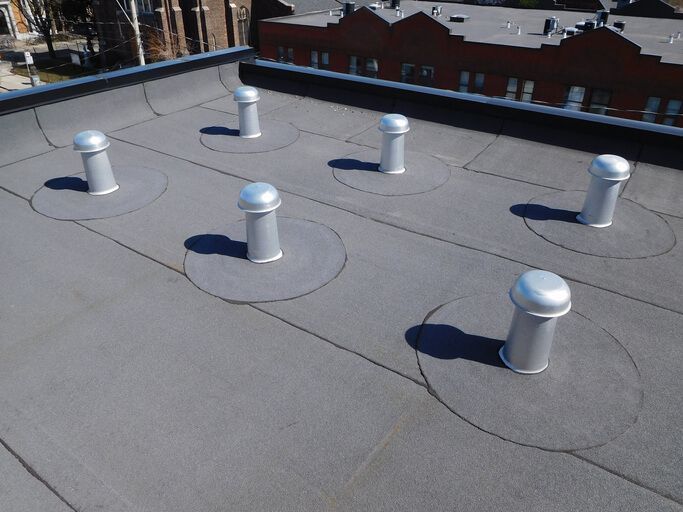Preparing Your Commercial Roof for Hurricanes
From around the beginning of June to the end of November, many areas throughout the US are at risk for hurricanes. Even those that live outside of hurricane-prone areas, severe storms can pass through with heavy rains, strong winds, and damaging debris that can wreck your roof.
Hurricane season can wreak havoc on your commercial roof, which is why it is critical to understand how to prepare and maintain your roof for severe weather.
At ACR1, we have put together some tips for caring for and preparing your commercial roofing system for hurricane season.
How Does a Hurricane Damage a Commercial Roof?
A hurricane typically puts stress on the edges of the roof, where materials may have been loosened. Low-slope roofs are particularly at risk for damage to the flashings, corners, and seams.
Commercial roofs are also at risk for major leaks since the drainage system can become obstructed or overwhelmed, causing water to pond on the roof. Water ponding can lead to interior leaks, which can negatively affect the structural integrity of your roof and the building. This can also lead to damage to inventory and machinery.
How Can I Prepare My Roof for Hurricane Season?
To ensure your commercial roof is prepared, the experts at ACR1 recommend you take the following steps:
Schedule An Annual Roof Inspection and Maintenance
Hiring a commercial roofing contractor to maintain and inspect your roof every year is one of the best ways to protect your roof.
Regular maintenance and inspection of your roof allow the roofing contractor to find minor issues before they become greater, provide you with photos and documentation of the roof’s condition, and will also ensure your drainage system is functioning properly.
Schedule your inspection before June 1st, which is the beginning of hurricane season.
Have Surrounding Trees Maintained or Removed
Have the trees on your property evaluated. If there are any dead trees, make sure they are removed to prevent them from falling onto your building. You also want to have a trusted professional remove any limbs that are dead or hanging over the building that could break off and damage your roof.
Clear Out Gutters and Drains
Drains and gutters can become overwhelmed with rainwater during a hurricane. It is critical to keep your drains clean and clear of debris so that they can function properly in a storm.
If your drains are clogged, they will back up with water causing it to pond on your roof and increase your chances of a leak.
Know The History of Your Roof
Document information such as how old your roof is, your roof’s maintenance history, the last inspection date, repair history, etc. This information will allow a commercial roofing contractor to accurately assess your roof for repairs.
Review Your Roof Warranties and Insurance
Review your commercial roof warranties and your insurance policies. This will help you determine what coverage you have for your hurricane season and will give you a chance to adjust your coverage as needed.
Budget for Roof Repairs
We recommend that you develop a three-year spatial budget. This will help provide you with the funds to repair severe hurricane damage.
Schedule Repairs Prior to Hurricane Season
If the inspection of your roof reveals that you need to repair or replace your commercial roof, contact the expert commercial roofing company ACR1. We can schedule your repairs or replacement before hurricane season.
Preparing Your Roof A Few Days Before the Hurricane
While you need to prepare your commercial roof for hurricane season, there are also steps you should take a day or two prior to the storm to ensure your roof can handle the storm. The team at ACR1 recommends:
- Testing and cleaning your drainage systems to prevent water from ponding on the roof.
- Perform an inspection of your roof. Remove any loose items that could come off and clog drainage systems or cause property damage.
- For insurance purposes, be sure to take “before” photos of the roof.
- Secure all AC units and other equipment.
- Check that all flashings are secure.
- Use caps or plywood sheets to cover up any skylights.
- After the storm has passed, have a trusted professional inspect your roof as soon as possible to ensure you aren’t left waiting in a long line for an inspection.
Steps to Take After a Hurricane
Once the storm has passed, you should do an evaluation of the interior of the building, checking for leaks. Water stains on the walls, ceiling, or floors are an immediate cause for concern. Be sure to contact ACR1 as soon as possible if leaks are present.
If your inspection of the property reveals that the roof is severely damaged and poses a risk to the safety of others, you will need to call 911. Additionally, contact your insurance company immediately to start your commercial roof insurance claim.
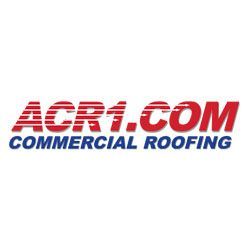
Author:
Floyd Mason
Born and raised in farming in Iowa
Worked in and around construction since 1977
BS in Corporate Finance and Financial & Estate Planning from Brigham Young University. Involved in Boy Scouts of America for more than 35 years, Scoutmaster 15 years Estimator, Project Manager, Sales Representative, Crew Leader, Laborer, Territory Manager, District Manager, Regional Manager, National Sales Manager,
ACR1.COM Sales & Marketing Manager since 2013.
